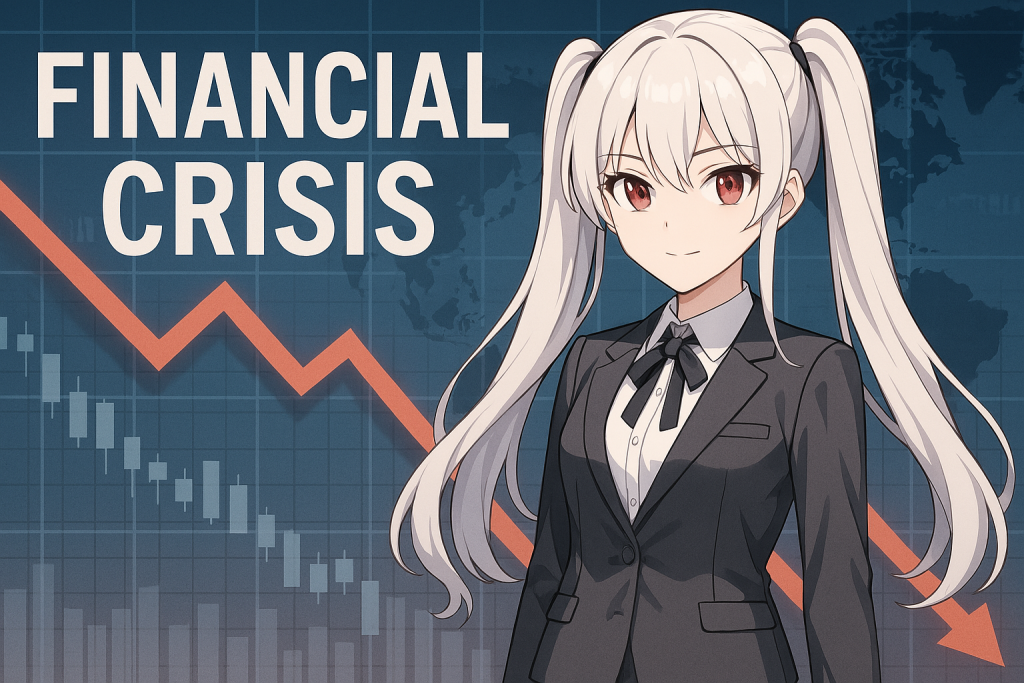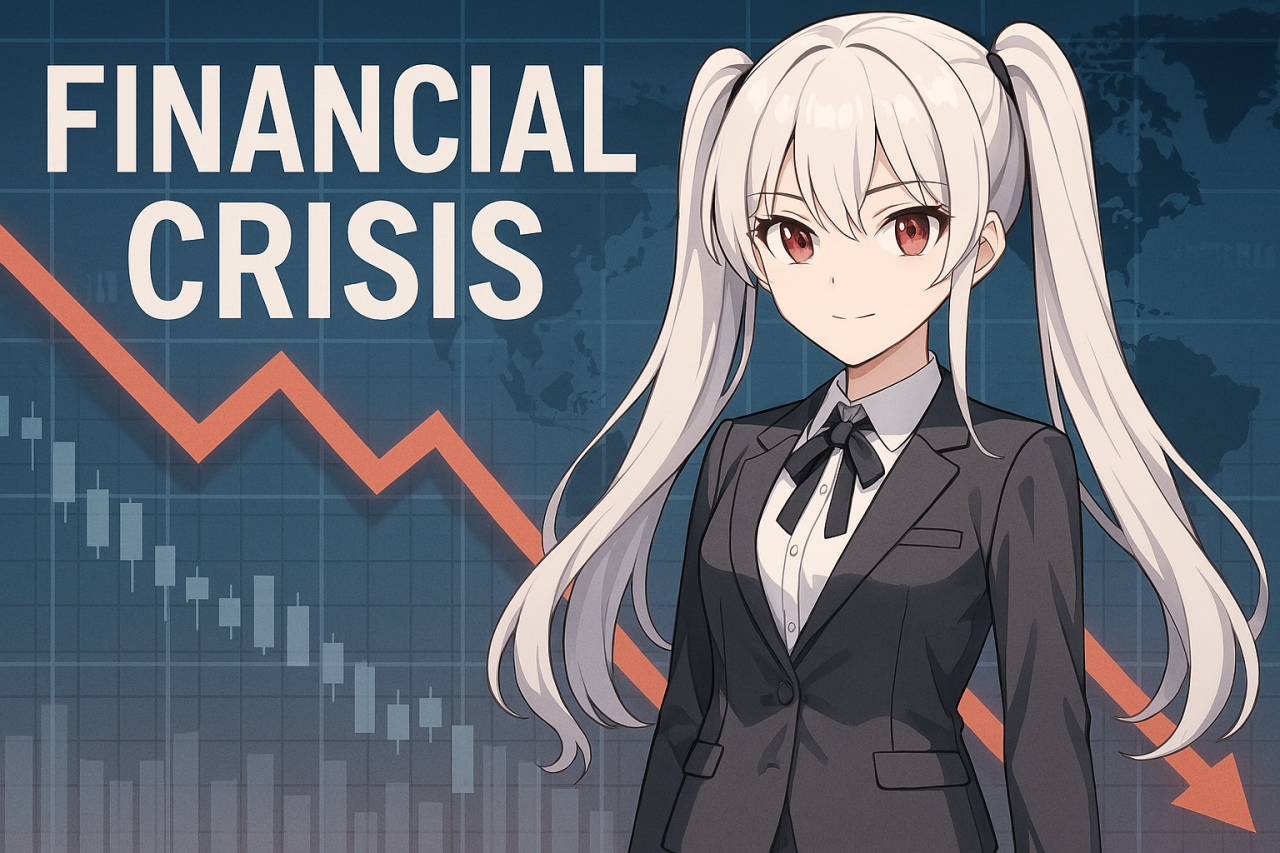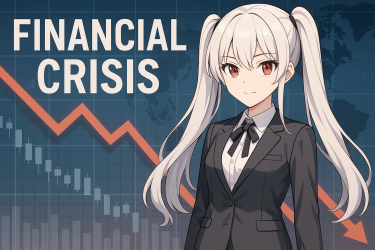History of Lehman Brothers: From Founding to Collapse
Founding and Early Growth
Lehman Brothers was founded in Alabama, USA, in 1850 by the Lehman brothers, immigrants from Germany. Initially starting as a small general store, it gradually expanded its business through trading agricultural products such as cotton. After the end of the Civil War, it moved into New York and shifted its focus to finance. From the late 19th century to the early 20th century, it made significant contributions to the development of the American economy through railroad construction and the issuance of government bonds. It overcame economic crises such as World War I and the Great Depression, establishing its position as an investment bank. After a temporary sale to American Express and subsequent re-independence, it grew into one of the industry’s largest players. During this period, it offered various financial services, including public offerings and bond issuances, establishing itself as a global financial institution.
Trigger of the Collapse: Subprime Mortgage Problem
In the early 2000s, the United States experienced a housing bubble, and subprime mortgages—home loans for low-income borrowers—saw a rapid increase. Lehman Brothers earned substantial profits by securitizing these subprime loans and selling them to investors worldwide. However, starting around 2006, housing prices began to fall, and more people started defaulting on their subprime loans. The assets related to subprime loans that Lehman Brothers held rapidly lost value, straining its operations. On September 15, 2008, Lehman Brothers filed for bankruptcy, triggering the global financial crisis known as the Lehman Shock. This collapse had a severe impact on the global economy, causing many financial institutions to fall into a chain reaction of crises. Lehman Brothers’ bankruptcy highlighted the severity of the subprime mortgage problem.
Impact After the Collapse and Today
Lehman Brothers’ bankruptcy severely impacted the global economy, causing significant turmoil in financial markets. Stock markets crashed, and many companies faced difficulties raising capital. Moreover, recessions deepened worldwide, leading to increased unemployment. After the collapse, Lehman Brothers entered liquidation, selling assets and settling with creditors. In 2012, Nomura Holdings of Japan acquired Lehman Brothers’ Asian division and restarted the business. On March 12, 2024, Lehman Brothers Holdings concluded its company reorganization proceedings under Chapter 11 of the U.S. Bankruptcy Code. This means that nearly 15 years after the collapse, legal restructuring was completed. However, the lessons of the Lehman Shock remain deeply etched in the financial industry.
Causes of the Collapse: What Went Wrong?
Weak Risk Management
The fundamental cause of Lehman Brothers’ collapse was excessive risk-taking and the inadequacy of the system that managed it. They overly relied on securitized products related to subprime loans and did not adequately assess those risks. Additionally, their low capital adequacy ratio meant they lacked a sufficient buffer against risk, which was another factor that led to the collapse. Even in the structuring and sale of complex financial products, risk management failed to keep pace, preventing the containment of expanding losses. Moreover, the management pursued short‑term profits at the expense of ignoring long‑term risks, which was also problematic. The low independence of the risk‑management department, making it easily swayed by management’s intentions, further contributed to weak risk management. These factors interacted in a complex way, leading Lehman Brothers to face the worst possible outcome: collapse.
Management Responsibility and Moral Hazard
Lehman Brothers’ management cannot escape responsibility for the collapse. The responsibility for encouraging excessive risk-taking and neglecting the risk‑management system is grave. There is also criticism that while the executives received high compensation, they failed to fulfill their responsibilities toward risk. The moral hazard that pervaded the entire financial industry also fueled Lehman’s collapse. The trend of pursuing short‑term profits at the expense of ethics and social responsibility justified risk‑taking and led to the collapse. Clarifying management’s responsibility and implementing measures to prevent moral hazard are essential for the healthy development of the financial industry in the future. This requires reviewing compensation structures and enforcing ethics education.
Regulatory Shortcomings and Lack of Oversight
The inadequacies of financial regulation at the time and the lack of supervisory oversight were also one of the factors that led to Lehman Brothers’ collapse. Regulations on securitized products related to subprime loans were insufficient, delaying the visualization of risk. Moreover, the capital adequacy rules for financial institutions were lax, leaving insufficient buffers against risk. Supervisory authorities did not fully grasp Lehman Brothers’ risk‑taking and could not provide appropriate guidance. The regulatory shortcomings and lack of oversight effectively allowed Lehman’s excessive risk‑taking, resulting in the worst possible outcome: collapse. To stabilize financial markets, establishing stricter regulation and oversight is essential. This requires enhancing the independence of regulatory authorities and strengthening expertise.
Lesson: What We Can Learn from the Lehman Shock
The Importance of Risk Management
The Lehman Shock taught us how important it is to build a sound risk management system within financial institutions. It is essential to establish the expertise and systems needed to accurately assess and manage risk. Additionally, education and training to raise awareness of risk are also important. Enhancing the independence of the risk management department and building a structure that is not swayed by management’s intentions is also crucial. Moreover, risk management must be substantive, not merely formal. Regularly reviewing and improving the risk management system is essential. By leveraging the lessons of the Lehman Shock and building a sound risk management system, we can contribute to the stabilization of the financial system.
Strengthening Regulations and Establishing Oversight Systems
After the Lehman Shock, stricter regulations and oversight systems were established to stabilize financial markets. Capital adequacy ratio requirements for financial institutions were tightened, expanding buffers against risk. Regulations on securitized products related to subprime loans were also strengthened. The supervisory authorities’ monitoring systems were enhanced, increasing oversight of financial institutions’ risk‑taking. These regulatory strengthening and oversight establishment improved the stability of the financial system. However, financial markets are constantly changing, and new risks may arise. Regulatory authorities must continuously monitor market changes and revise regulations as needed. International cooperation is also important, and countries must collaborate to stabilize the financial system.
Ethics and Social Responsibility
The Lehman Shock became an event that made people involved in financial institutions recognize the importance of improving their ethical standards and social responsibility. The trend of pursuing short‑term profits at the expense of ethics and social responsibility can undermine the stability of the financial system. Those involved in financial institutions must possess high ethical standards and act with consideration for the overall benefit of society. Financial institutions also need to actively engage in community‑service activities and fulfill their social responsibilities. Enhancing ethical standards and fulfilling social responsibilities increase the reliability of financial institutions and lead to long‑term growth. To achieve this, thorough ethics education and promotion of community‑service activities are required. Leveraging the lessons of the Lehman Shock, it is essential to build a financial industry that prioritizes ethics and social responsibility.

Diverse Work Styles and Regional Revitalization: Relocating to Shodoshima
The Elite Employee’s Decision: Background of Moving to Shodoshima
After graduating from the University of Tokyo, an elite employee who landed a job at the prestigious financial institution Lehman Brothers Securities wondered why they would abandon their urban career and decide to relocate to Shodoshima. The background was a shift in values after witnessing the Lehman Shock. They began to question financial supremacy and sought a more humanistic way of life. Additionally, exhaustion from the competitive urban society and a desire to live authentically in a nature-rich environment became major motivations for relocation. The beautiful nature of Shodoshima, encounters with warm people, and expectations of new challenges in the countryside pushed them forward. By abandoning their elite career and choosing a new life in the rural area, their decision has given many people courage and hope. This decision is not merely a personal choice but carries a message that society as a whole should accept diverse values.
New Challenges and Possibilities in the Countryside
Having moved to Shodoshima, he launched a locally rooted new business and contributed to regional revitalization. Leveraging the knowledge and experience cultivated in the city, he developed products using local ingredients and offered services for tourists, among various ventures. Through interactions with local residents, he generated new ideas and contributed to the community. The countryside holds abundant charms and resources that cities lack. By harnessing these resources and creating new businesses, one can drive regional economic revitalization. Starting a business in the rural area offers not only a business opportunity but also a contribution to the community. His challenge suggests the potential of regional revitalization and could inspire many to relocate or start businesses in the countryside.
The Way of Life Needed for the Future
In the coming era, it will be important to accept diverse values and choose a life that is true to oneself. Avoid being bound by uniform values, be honest with your heart, and find what you truly want to do. It is also crucial to focus on your own growth rather than comparing yourself to others. Fearlessly embrace challenges, learn from experience, and cherish connections with others while living together. By accepting diverse values and choosing a life that is authentic, you can lead a richer life. His way of living suggests the kind of life needed in the future and will inspire many people.
『東大卒、リーマン・ブラザーズ証券から、小豆島へ。 周囲の反対の中、移住の末につかんだもの』の働き方紹介ページです。LO…
Summary: Learning from Lehman Brothers for the Future
Building a Sustainable Society by Applying the Lessons
Lehman Brothers’ collapse left a profound lesson not only for the financial industry but for society as a whole. Excessive risk-taking and short-term profit pursuit can hinder the realization of a sustainable society. We must act to build a healthier, more sustainable society by applying the lessons of the Lehman shock. Financial institutions need to strengthen risk management systems and run businesses that prioritize ethics and social responsibility. Governments must strengthen financial regulation and establish supervisory systems. And each of us must contribute to the realization of a sustainable society through our consumption and investment behaviors. It is important to work together toward a sustainable society without forgetting the lessons of the Lehman shock. To that end, we must sincerely reflect on past mistakes and take a new step toward the future.
Reference Sites
日本のリーマン・ブラザーズ証券の倒産手続(民事再生)の状況報告、清算完了…
「リーマン・ブラザーズ破綻(上) ― 米国金融危機と基軸通貨システムのゆくえ」は経済産業研究所(RIETI)小林慶一郎フ…














